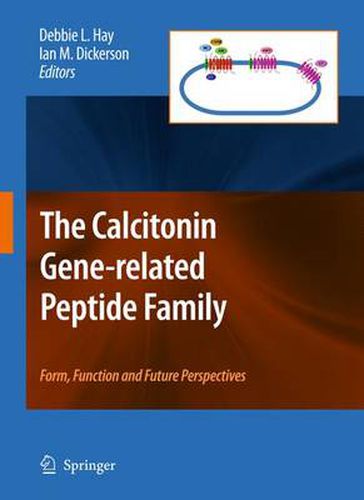Readings Newsletter
Become a Readings Member to make your shopping experience even easier.
Sign in or sign up for free!
You’re not far away from qualifying for FREE standard shipping within Australia
You’ve qualified for FREE standard shipping within Australia
The cart is loading…






This title is printed to order. This book may have been self-published. If so, we cannot guarantee the quality of the content. In the main most books will have gone through the editing process however some may not. We therefore suggest that you be aware of this before ordering this book. If in doubt check either the author or publisher’s details as we are unable to accept any returns unless they are faulty. Please contact us if you have any questions.
In 1925, J. B. Collip (1925) reported that extracts of parathyroid gland contained an activity that raised calcium levels in the blood of parathyroidectomized animals, and suggested that this was due to a hormone produced in the parathyroid gland. The story of parathyroid hormone discovery was indicative of ever-increasing sophistication in sample preparation and protein isolation techniques. This paper resolved earlier controversies over the function of the parathyroid glands and c- trol of blood calcium. The year 1961 was a banner year for parathyroid research, in which the peptides parathyroid hormone and calcitonin were purified, and in which it was suggested that calcitonin could lower blood calcium (Copp and Cameron 1961). In 1982 it was discovered that in neurons the primary RNA transcript for calcitonin could be alternatively-spliced to give calcitonin gene-reated peptide (CGRP), and shortly thereafter amylin (previously named islet amyloid polyp- tide, IAPP) was identified and shown to have homology to CGRP. Since then a and b CGRP have been delineated and adrenomedullin and intermedin discovered, and this family of homologous peptides has emerged. This family of peptide hormones has a diverse and constantly expanding range of important physiologic functions, including regulation of blood calcium, vascular tension, feeding behavior and pain recognition.
$9.00 standard shipping within Australia
FREE standard shipping within Australia for orders over $100.00
Express & International shipping calculated at checkout
This title is printed to order. This book may have been self-published. If so, we cannot guarantee the quality of the content. In the main most books will have gone through the editing process however some may not. We therefore suggest that you be aware of this before ordering this book. If in doubt check either the author or publisher’s details as we are unable to accept any returns unless they are faulty. Please contact us if you have any questions.
In 1925, J. B. Collip (1925) reported that extracts of parathyroid gland contained an activity that raised calcium levels in the blood of parathyroidectomized animals, and suggested that this was due to a hormone produced in the parathyroid gland. The story of parathyroid hormone discovery was indicative of ever-increasing sophistication in sample preparation and protein isolation techniques. This paper resolved earlier controversies over the function of the parathyroid glands and c- trol of blood calcium. The year 1961 was a banner year for parathyroid research, in which the peptides parathyroid hormone and calcitonin were purified, and in which it was suggested that calcitonin could lower blood calcium (Copp and Cameron 1961). In 1982 it was discovered that in neurons the primary RNA transcript for calcitonin could be alternatively-spliced to give calcitonin gene-reated peptide (CGRP), and shortly thereafter amylin (previously named islet amyloid polyp- tide, IAPP) was identified and shown to have homology to CGRP. Since then a and b CGRP have been delineated and adrenomedullin and intermedin discovered, and this family of homologous peptides has emerged. This family of peptide hormones has a diverse and constantly expanding range of important physiologic functions, including regulation of blood calcium, vascular tension, feeding behavior and pain recognition.